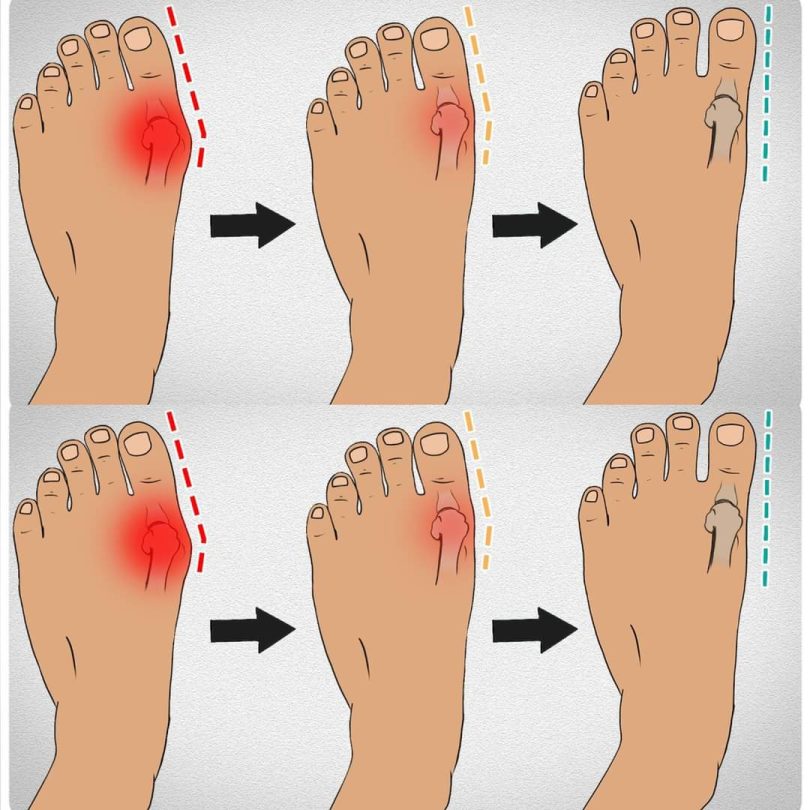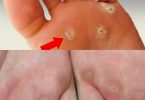Fixing bunions, which are bony bumps that form on the joint at the base of your big toe, involves various steps to manage symptoms and prevent further deformity. While surgical options are available for severe cases, many people can find relief through conservative, non-surgical methods. Here’s a straightforward guide on how to manage bunions in five steps:
Step 1: Proper Footwear
Choose the Right Shoes:
- Wear shoes that fit properly and have a wide toe box. Avoid tight shoes or those with high heels, as they can exacerbate the condition by pushing the toes into an unnatural position.
Consider shoes made from soft materials and adjustable shoes with velcro straps for more comfort.
Step 2: Orthotic Devices
Use Padded Shoe Inserts: - Orthotics can help distribute pressure evenly when you move, reducing your symptoms and preventing your bunions from getting worse.
Over-the-counter or custom-made orthotic devices can be particularly effective. Consult with a podiatrist to find the best option.
Step 3: Pain Relief
Manage Pain and Swelling:
For Complete Cooking STEPS Please Head On Over To Next Page Or Open button (>) and don’t forget to SHARE with your Facebook friends
Apply ice packs to the bunion for about 20 minutes several times a day to reduce swelling and relieve discomfort. Always wrap the ice pack in a cloth to avoid direct skin contact.
Consider taking nonsteroidal anti-inflammatory drugs (NSAIDs) such as ibuprofen or naproxen to help reduce pain and inflammation. Consult your doctor for appropriate usage.
Step 4: Protective Pads
Use Bunion Pads:
Bunion pads can shield your foot from the friction caused by shoes. These pads are typically made of gel or felt material and can be purchased at most drugstores.
Ensure that the pads are placed correctly and are comfortable within your shoes.
Step 5: Exercises and Stretches
Strengthening and Stretching Exercises:
Perform exercises that can help maintain joint mobility and prevent stiffness or arthritis. Some useful exercises include:
Toe Stretches: Point your toes straight ahead for 5 seconds and then curl them under for 5 seconds. Repeat 10 times.
Big Toe Push: Place your big toe against a surface and push against it for a few seconds at a time.
Toe Flex and Contract: Spread your toes wide, hold, and then clench them. Repeat several times.
Consider consulting a physical therapist for a set of exercises tailored to your specific needs.
Additional Tips:
Regularly monitor the size and shape of your bunions. If you notice significant changes or if your symptoms worsen, consult a healthcare provider.
Maintaining a healthy weight can also help reduce the stress on your feet.
For persistent pain or if the bunion causes severe foot deformity, surgical options might be necessary. Discuss these options with an orthopedic surgeon or a podiatric surgeon to understand the risks and benefits.
Managing bunions effectively requires a combination of proper footwear, orthotics, pain management, and foot exercises. While these steps can help alleviate symptoms and prevent the condition from worsening, they do not eliminate bunions. For those seeking a permanent solution, surgery may be considered. Always consult with a healthcare provider for advice tailored to your specific situation.
ADVERTISEMENT







